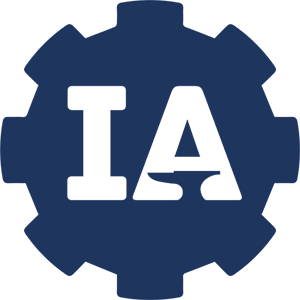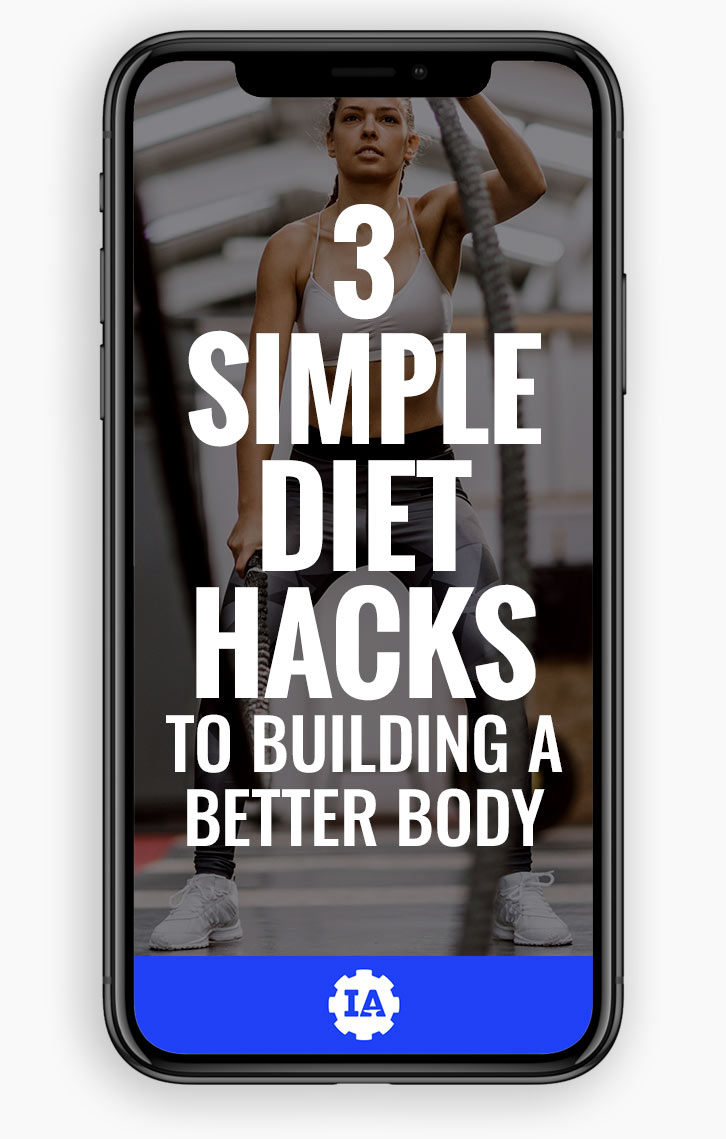Throughout our CrossFit Class, Olympic Lifting Class, or Strength Program, a lot of emphasis is placed on movement and improving our physical being. But, we don’t talk a lot about Diet and Nutrition. It is not a sexy subject. We can’t talk about our PR’s or an incredible showing of fitness when we talk about what we eat. However, its importance cannot be overstated.
When I say “Diet,” I am not talking about fad diets meant to drop weigh quickly. These do not last long term and often eliminate something our body needs. “Diet” in this context means simply what we are putting in our mouths. What we eat. When I talk about “Nutrition,” I am referring to all of the micronutrients, vitamins, and other benefits our bodies receive from a proper diet. For the purposes of this post, I am going to concentrate on the very basics of our Diet. I could spend hours discussing specialty dietary guides like Zone and Paleo. But, those discussions will mean nothing if you don’t understand the basic components of your diet. I will also talk briefly about what you should eat and what you should avoid in an effort to start you on the right track to a healthier diet. I will not tell you to eliminate anything from your diet, but to limit intake of certain items.
In its most basic form, your diet should consist of three macronutrients: Proteins, Carbohydrates, and Fats. If you want to get down right and technical on eliminating something, if is is not a Protein, Carbohydrate, or Fat, don’t eat it.
PROTEIN is: any of a class of nitrogenous organic compounds that consist of large molecules composed of one or more long chains of amino acids and are an essential part of all living organisms, esp. as structural components of body tissues such as muscle, hair, collagen, etc. For our goals with fitness, Protein is a macronutrient that helps us build muscle (although Protein is used for A LOT more). Common sources of Protein are animals like chicken and beef, dairy products, and soy products. You should try to eat some source of lean Protein with every meal. The sources of lean Protein are expansive, but try to follow one rule: If it swam, ran, or flew, and was killed for your consumption, you can eat it. But, be careful, some animal Protein sources, like chicken wings, are fatty and should be avoided. You should try to avoid fatty sourced of Protein like wings or ribs and any source of Protein that comes from a plant, like soy. Dairy is a person preference and only you know how your body reacts.
CARBOHYDRATES are: any of a large group of organic compounds occurring in foods and living tissues and including sugars, starch, and cellulose. They contain hydrogen and oxygen in the same ratio as water (2:1) and typically can be broken down to release energy in the animal body. Also known as “Carbs,” they get a bad reputation in our society. They are our body’s best source of short term energy and should never be eliminated. Everyone can name a list of carbs: bread, candy, pasta, fruit, etc. What some people don’t know, is that vegetables are Carbs. They are the best Carbs you can eat for sustainable energy. You should try to eat natural sources of Carbs like fruits, vegetables, potatoes, and (Maybe) some grains (hotly debated). You should avoid processed simple carbs like pasta, crackers, alcohol, cereal, white bread, any breaded or fried food, soda (even diet), sugary drinks (even diet), and fruit drinks.
FATS consist of a wide group of compounds that are generally soluble in organic solvents and generally insoluble in water. Fats are our source for long term energy. Good Fats should be consumed on a regular basis for the body to use when we run out of sugar from Carbs. Bad Fats should be avoided because they cause issues like high cholesterol. You should try to eat nuts and unprocessed cooking oils like olive oil, coconut oil, walnut oil, and natural butter. You should avoid margarine, vegetable oil, canola oil, soybean oil, and peanut oil.
Without weighing and measuring everything you consume, your goal is to eat a Protein, a Carbohydrate, and a Fat in every meal. Traditional diets stack the meals full of Carbs and not enough Protein. For proper fitness nutrition involving any kind of weight lifting, your Protein and Carbohydrate intake should be almost the same. Like I said early, I could spend a lot of time talking about portion control and dietary ratios, but if you don’t understand the above, it will all go over your head. So, start to look at your diet in these three categories and start understanding what you are putting in your body. If you want to get more specific, ask me. Or, stay tuned, maybe we will get more technical in the near future.
— Matthew “CrimLaw” Becker




